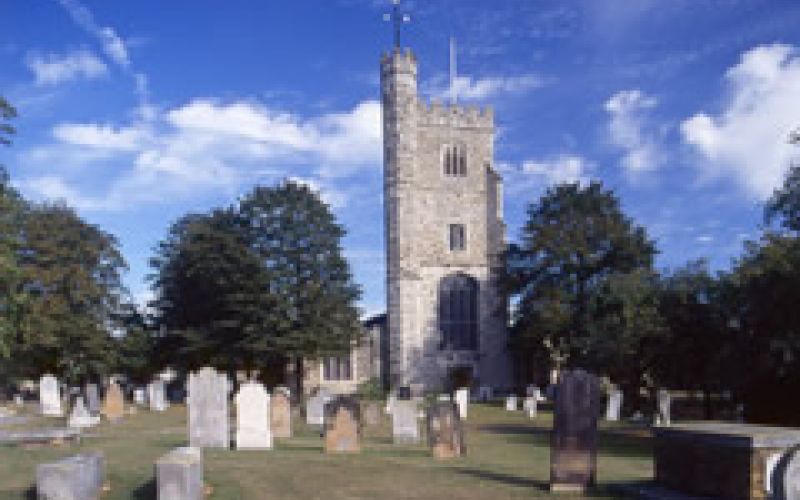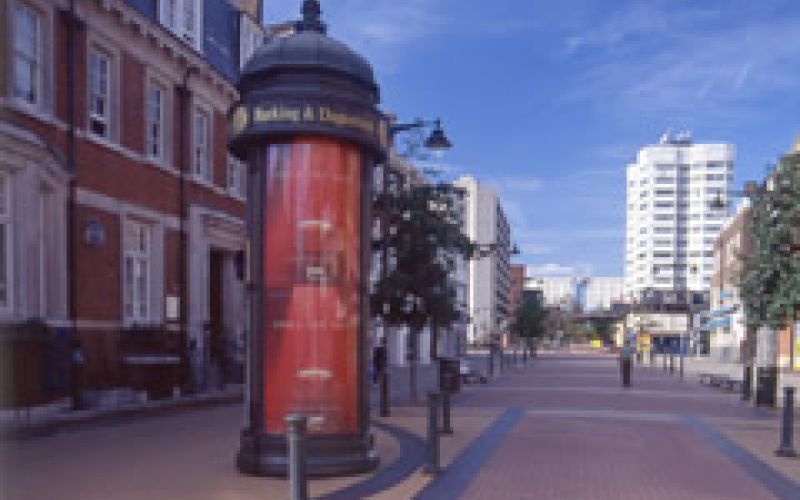History of Barking & Dagenham
The history of how Barking & Dagenham came to be settled can be traced back to the Stone Age. Also, both towns are on record as the very earliest Anglo-Saxon settlements in the County of Essex.
However, the area as a whole first become known under the Normans in the 11th century – when William the Conqueror set up quarters in Barking Abbey until the Tower in London was ready to move into. Founded in 666, Barking Abbey was the largest and one of the first Benedictine nunneries in Britannia.
But as a result of the persecution of the Catholic Church by Henry VIII in the 16th century, the nuns were expelled and the cloisters destroyed.
Agriculture played an important role in this part of today’s Greater London. The extensive landholdings in Barking were mainly used for cattle and sheep rearing whereas the Dagenham area was divided into smallholdings, the fertile soil ideal for mixed farming based on wheat, fruit, vegetables and potatoes.
From the 14th century through to the second half of the 19th century, fishing was the main trading activity. Plentiful catches from Barking Bay even supplied the market in London. It was also here that ships belonging to the Royal Fleet were repaired and maintained. The fishing business finally went into decline as the rapid development of the railways made access to East Coast seaports quicker.
The foundations for industrialisation in the area were made in 1887 when entrepreneur Samuel Williams began to convert the Dagenham waterfront into a major harbour complex. Also, between 1929 and 1931, the Ford Motor Company built production facilities there, a plant that as late as 1994 still employed a workforce of 9,000.
Today, since a series of rationalisation schemes and production outsourcing (globalisation), the Ford works here have lost their significance. Yet despite the job losses in large-scale industry, the population n Barking & Dagenham continues to grow. Incidentally, although the density of the population is more compact – at least compared to Witten – most of the inhabitants still live in terraced houses. None of the other 32 boroughs in Greater London have so many small houses.
Photos: Old Dagenham, impressions of Barking



